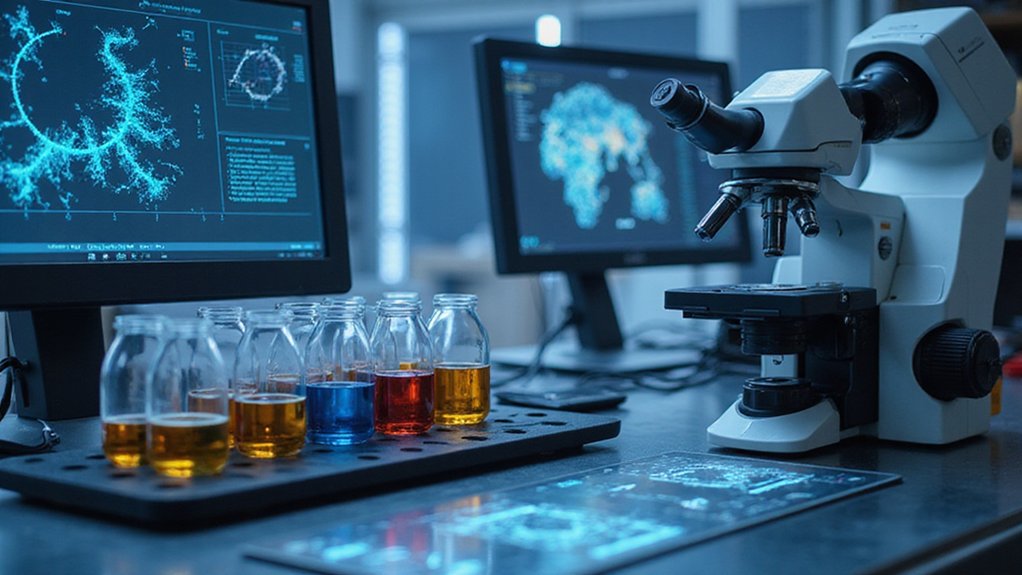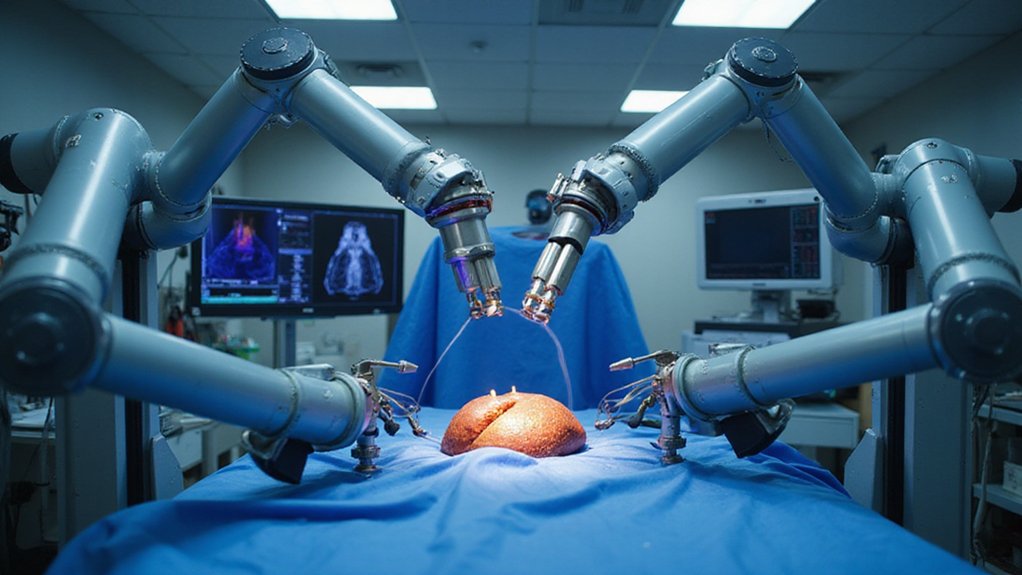The FDA just dropped its first-ever guidance on using AI in drug development, and pharmaceutical companies are paying attention. Released January 6, the draft guidance tackles how companies should use artificial intelligence for regulatory decisions. Finally.
FDA finally acknowledges AI’s role in drug development with groundbreaking regulatory guidance.
The numbers tell the story. Between 2016 and 2023, FDA reviewed over 500 submissions containing AI components. That’s exponential growth from basically nothing. AI’s being used to predict patient outcomes, analyze disease progression, and process massive real-world datasets. The agency sees AI playing a critical role throughout the entire drug development lifecycle. No kidding.
Here’s what matters: FDA’s taking a risk-based approach. They want companies to prove their AI models are credible for specific uses. Makes sense. You can’t just throw an algorithm at drug safety data and call it a day. The framework demands reliability demonstrations, appropriate safeguards, and context-specific validation. Translation: show your work. The guidance categorizes AI models based on consequence risk and influence levels, with most pharmaceutical applications likely falling into the high-risk category requiring extensive documentation.
The guidance didn’t appear out of thin air. FDA incorporated feedback from a Duke Margolis Institute workshop in December 2022, digested over 800 public comments from a 2023 discussion paper, and held a hybrid workshop last August. They actually listened. Shocking.
Cross-center coordination is happening too. CBER, CDER, CDRH, and OCP are all singing from the same hymn sheet on AI regulation. They published alignment documents in March 2024, revised them in February 2025, and dropped concurrent guidance for medical devices. The bureaucracy moves at glacial speed, but at least it’s moving.
Commissioner Robert M. Califf called AI’s potential “transformative.” Sure. But the real transformation is FDA acknowledging that nineteenth-century regulatory approaches won’t work for twenty-first-century technology. The agency also released guidance for AI-enabled medical devices on the same day, addressing lifecycle management and transparency requirements. This aligns with market projections showing the drug discovery sector potentially reaching $4 billion by 2028.
The draft’s open for public comment now. Pharma companies wrestling with AI implementation finally have a roadmap. Whether it’s detailed enough remains to be seen. The guidance walks the tightrope between innovation and safety – classic FDA. They want responsible AI use without strangling progress in red tape.
Bottom line: FDA’s first AI guidance represents a watershed moment for pharmaceutical development. The agency that moves slower than molasses just acknowledged that artificial intelligence is here to stay.
References
- https://www.fda.gov/about-fda/center-drug-evaluation-and-research-cder/artificial-intelligence-drug-development
- https://www.fda.gov/news-events/press-announcements/fda-proposes-framework-advance-credibility-ai-models-used-drug-and-biological-product-submissions
- https://www.foley.com/insights/publications/2025/01/ai-drug-development-fda-releases-draft-guidance/
- https://www.fda.gov/medical-devices/software-medical-device-samd/artificial-intelligence-and-machine-learning-software-medical-device
- https://becarispublishing.com/digital-content/blog-post/fda-kicks-off-2025-release-draft-guidance-ai-use-drug-and-biological-product









